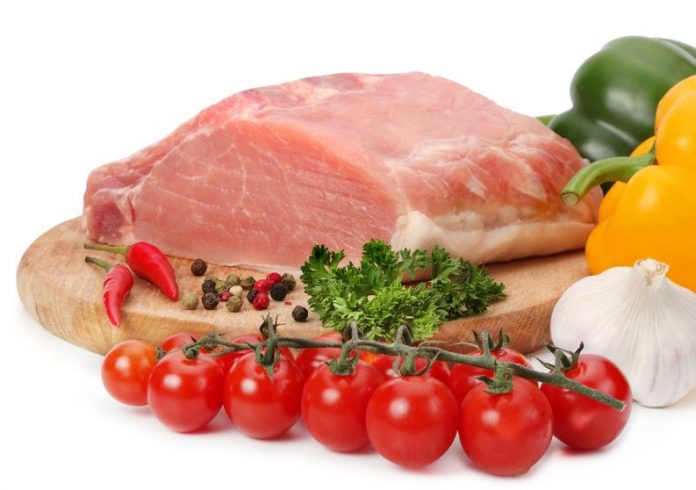There’s a revolutionary idea growing in some science laboratories today which if successful, could take the idea of eating chicken nuggets and other processed meats to a whole new level.
Hailed as a potential answer for the world’s food shortage, agricultural scientists in Maryland have taken the cutting-edge technique of tissue engineering and applied it to food specifically, meat. They’re growing clumps of meat in the laboratory.
The idea is not a new one, and not as much like something out of a science fiction movie as it seems. In 1932, Winston Churchill wrote an essay and said Fifty years hence we shall escape the absurdity of growing a whole chicken in order to eat the breast or wing by growing these parts separately under a suitable medium.”
Although it’s been quite a bit longer than the 50 years he predicted, it looks as if Mr. Churchill’s idea might just have some meat on it after all.
In experiments done for NASA, small edible portions of fish have already been grown successfully from healthy fish tissues, which is believed to be a viable method of producing fresh food for astronauts during deep space missions in the not-too-distant future.
The process of culturing meat is actually a fairly simple one. Individual cells are placed into Petri dishes and then grown into whole tissues. Of course, creating a small sample of fish, grown under specific conditions for a specific purpose is much different from producing enough meat to create even a single steak. That poses different challenges, all together.
In order to produce meat on a large scale, for example, the cultured meat cells would have to be grown on large, thin sheets of membranes.
The right combination of cells including muscle and fat would have to be combined, to create the right texture and taste. Another challenge is that, like any muscle, during this process, the muscle cells would have to be exercised so that they would grow and stretch and not turn mushy.
Once that enough of the right kind of cells were “cultured”, they would be removed from the membranes, combined into the right thickness, and then processed into meat products such as hamburger.
Other questions that would have to be addressed before the meat was approved for human consumption would include the process used for harvesting the cells, the origins of the original cells, and the ickiness factor that would have to be overcome before consumers were ready to chow down.
Researchers say that there are many advantages to the meat that is grown in a laboratory. For one thing, it is better for the environment, because it would reduce the air pollution caused by raising livestock. (A recent report cited pollution caused by livestock raised for meat as causing 21% of the human-caused carbon dioxide in the world today).
This cultured meat could also be engineered to be healthier than the meat grown on farms. For example, red meat is high in Omega 6, a fatty acid that causes high cholesterol. Using genetic engineering, Omega 3 could be added instead, which is healthier and better for you.
Another advantage would be a reduced danger of food or animal-borne diseases, and none of the pesticides that are found in meat today would be in the lab meat. And finally, another point that researchers believe will be a strong selling point, is that no animals would have to be killed, something that many vegetarians see as murder and one of the leading reasons some people choose not to eat meat.
The biggest benefit, these visionaries say, is that someday a single cell could produce enough meat to feed the world for a year. According to one scientist, the demand for meat is growing every year.
In China, for example, their consumption of meat doubles every ten years. In India, the consumption of chicken has doubled in only five years.
But don’t expect to be able to get tasty, tender cuts of lab-raised meat such as steaks or chops or even chicken-wings at your local grocery store any time soon. What is growing in Maryland right now is a more of a generic type of meat that has no structure and little taste, and at the moment, is extremely expensive to produce.
However, some universities have recently received grants to continue the research into this new possibility, and a group of scientists has created a non-profit organization, dedicated to reducing the environmental impact of food production. So it is entirely possible that in the future, consumers asking, Where’s the Beef? maybe looking towards the nearest laboratory, rather than Old McDonalds Farm.

